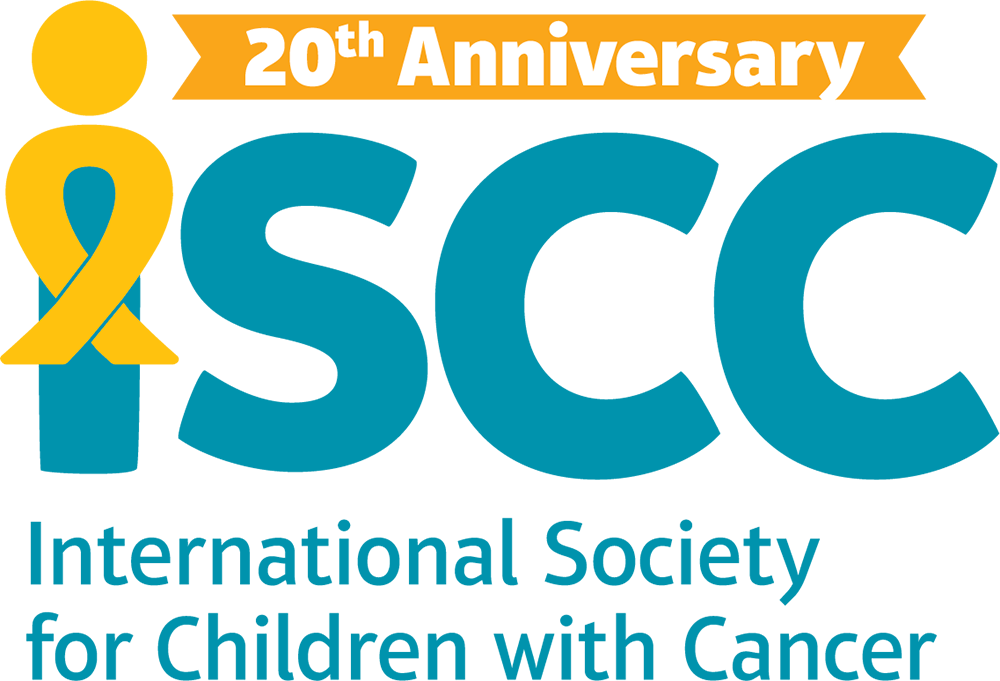Children typically suffer from different cancers than adults. Whereas the most common adult cancers are in areas such as the lungs, colon, breasts, and skin; children most often get leukemia, lymphoma, neuroblastomas, and brain cancers. Since the cancers are different, many of the medications used are different. There are dozens of specific medications, but they fall into a few general classes.
1. Chemotherapy Medications
Chemotherapy is an umbrella term for a wide range of drugs with one goal – to stop cancer cells from continuing to divide in an uncontrolled fashion. They fall into several different categories based on their mechanism for doing this. There are several types of chemotherapy based on the goal and method of treatment. Curative chemotherapy aims to eliminate all cancer cells from the body and is generally not part of a surgical treatment. Adjuvant or neoadjuvant chemotherapy is used after or before surgery.
Chemotherapy drugs are typically administered via infusion into a vein, though some are oral. Treatment is given at specific intervals or cycles. There are many chemotherapy medications used in the treatment of children’s cancers. Some of the more common are methotrexate, asparaginase, busulfan, clofarabine, doxorubicin and ifosfamide.
2. Immunotherapy Medications
Immunotherapy is a relatively new but promising branch of cancer treatment. The goal is to stimulate the patient’s own immune system to fight the cancer. Often the immune system can’t recognize cancer cells as being “invaders” because cancer cells aren’t that much different from normal cells. The key to immunotherapy drugs are the white blood cells. Researchers have found ways that they can be stimulated to recognize, attack, and kill cancer cells. One of the most promising new immunotherapy medications in childhood cancer is dinutuximab, which is specifically targeted to fight neuroblastomas, but may have other applications as well.
3. Other Medications
- Antibiotics: Many cancer medications suppress the immune system. This makes children undergoing treatment more susceptible to all kinds of major infections, especially pneumonia.
- Anti-nausea drugs: Chemotherapy and other cancer treatments have a strong tendency to induce profound nausea and sometimes vomiting.
- Anesthetics: These are used to put children under sedation during treatment or to relieve the pain of treatment.
- Steroids: This class of medications has multiple uses in cancer treatment. They are used as chemotherapy drugs in some cases. In other situations, they are used as anti-inflammatory or immune system suppressants.
In summary, there is no one-size-fits-all cancer treatment. Cancer medication is a highly individualized science based on many factors. The types of drugs and dosage are decided by a medical team, and are likely to change over the course of treatment. If your child is facing cancer treatment, take the time to ask the oncologist detailed questions so that you understand the medications and their possible side effects.

